The didgeridoo originates from Australia and has been played by the country's native people, the Aboriginals, for a long time. It's a so-called aerophone, a wind instrument. A traditional didgeridoo is made of eucalyptus and was hollowed out by termites.
Playing technique
The drone is achieved by vibrating the lips loosely. Several different sounds can be created by moving the tongue, using the voice and the diaphragm, by puffing up the cheeks and changing the tension of the lips (just a few examples). The characteristic continuous drone can be achieved thanks to the so-called circular breathing. You puff up your cheeks and while you press the air out of the mouth, you breathe in through the nose.
This simple "tube" has so much more potential than you might think at first sight. Even for me, after more than 10 years of playing the didgeridoo, it is still lots of fun and, believe it or not, I still discover new things.





